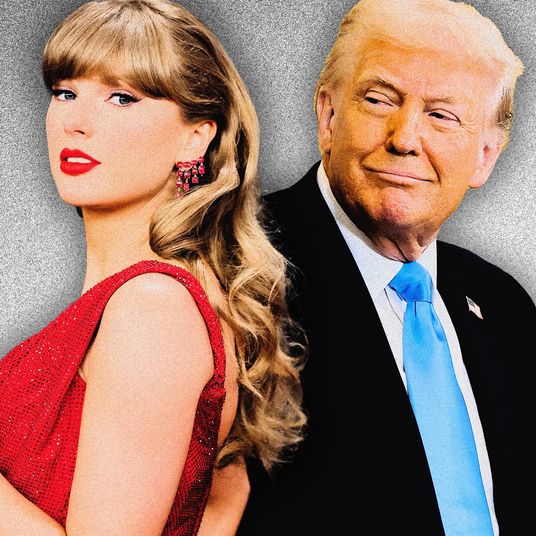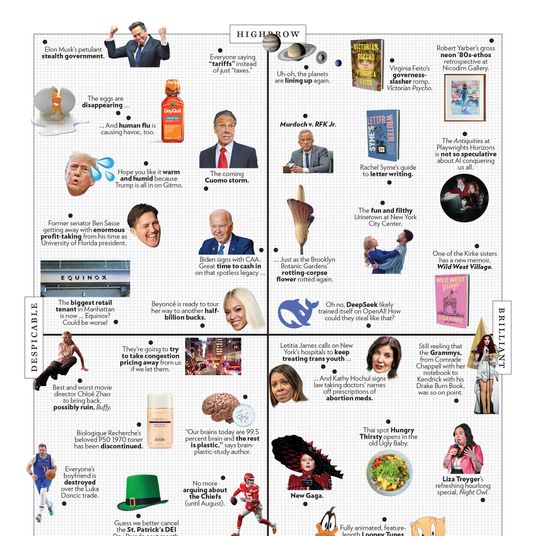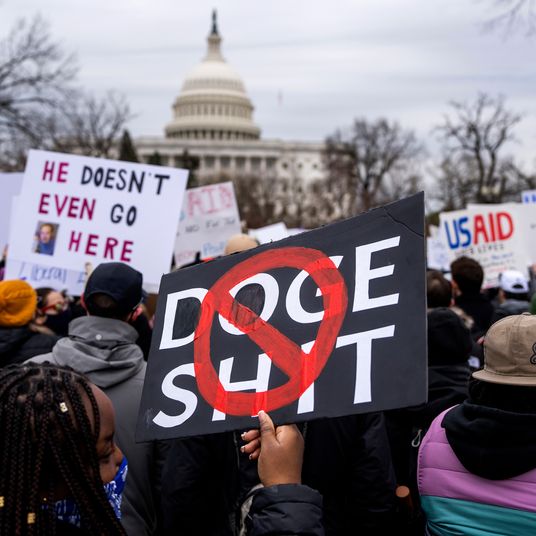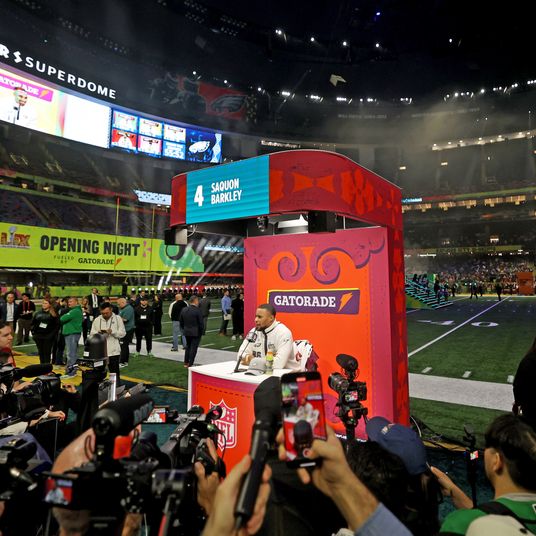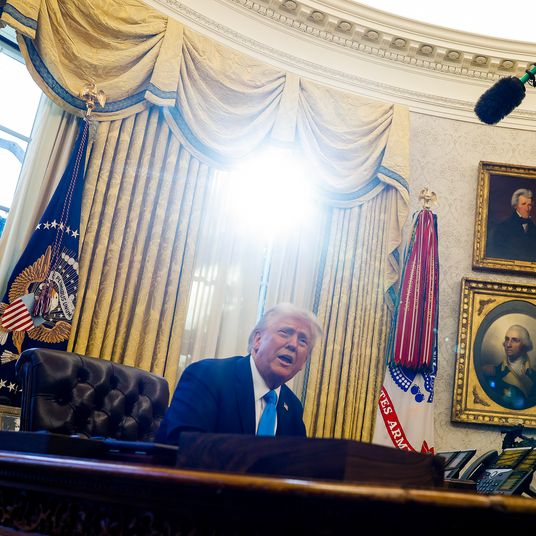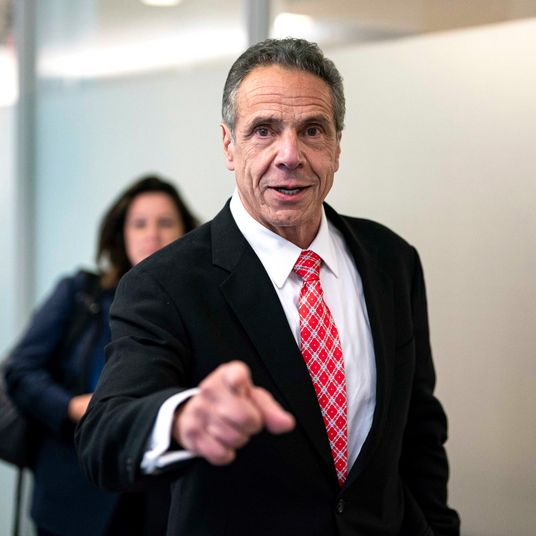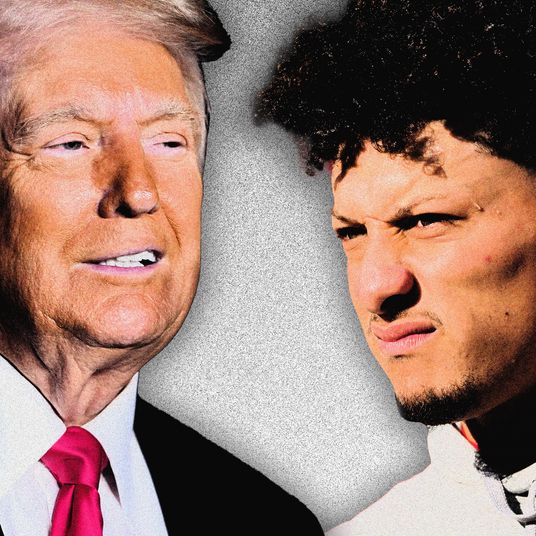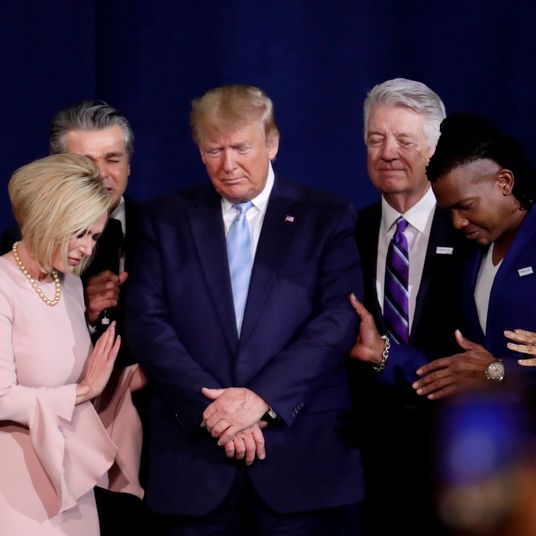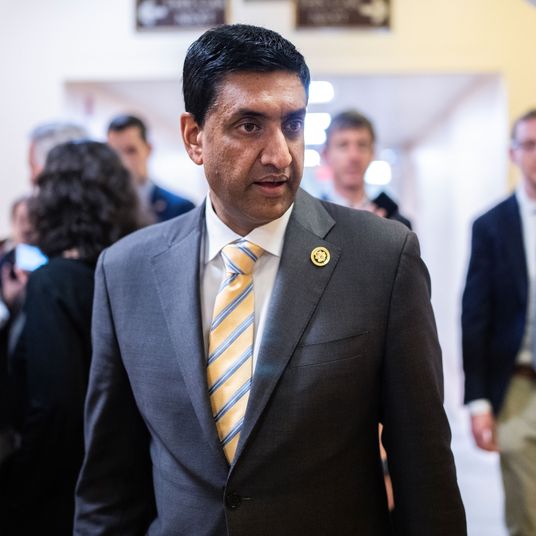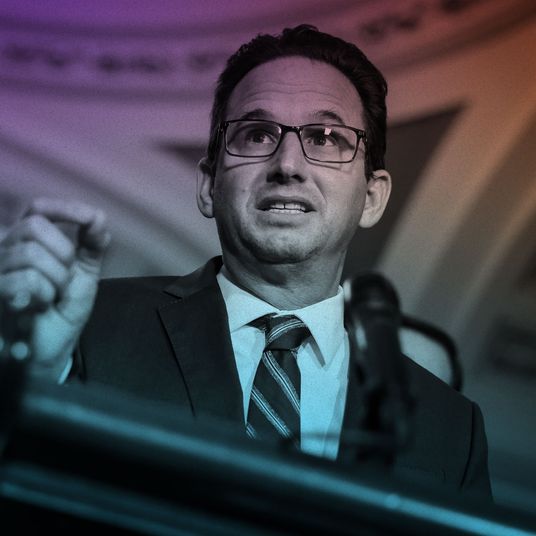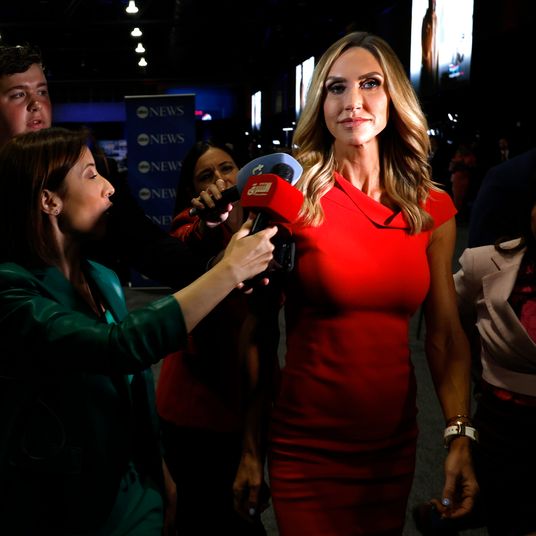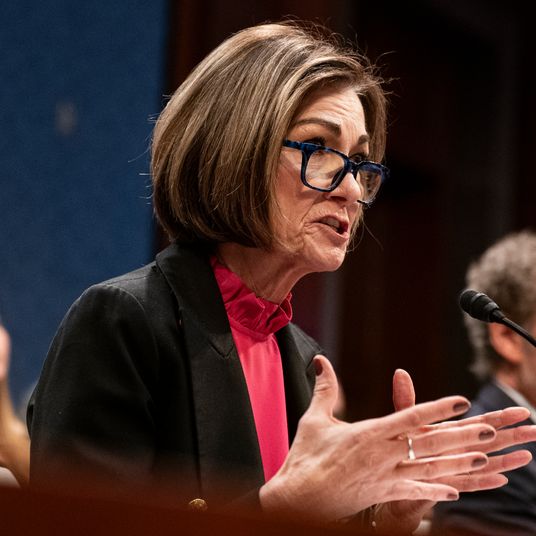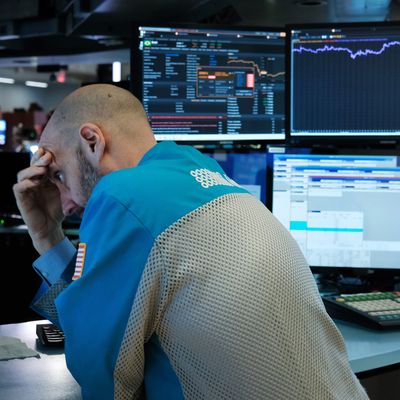
Financial markets are reeling with uncertainty — as is just about every other sector of American life. I spoke with Josh Barro about when some semblance of stability might return, and what the federal government’s intervention could do to make that happen.
Ben: The stock market continues to swoon — on Wednesday it was down 1,338 points — as a recession, and perhaps a very deep one, looks inevitable. One striking thing is how these enormous federal interventions to stimulate the economy have failed to arrest the slide. The Fed chopping interest rates last weekend didn’t impress investors, and news of a trillion-plus bailout package, including cash assistance for every American, only made a small dent before things fell again. The market is not the economy, but what does this relentless gloom tell us about what the country and world at large might expect in the weeks ahead?
Josh: I think the market has not been that responsive to monetary and fiscal policy because this economic crisis is not primarily about a lack of demand. Low interest rates and deficit spending can boost demand, but right now what we actually need is a reduction in economic activity — people should be staying away from many kinds of stores and workplaces, and sending them $1,000 checks won’t get many of them to go out and shop more. These policies are still important and we can talk about why in a bit, but it makes sense to me the market isn’t moving a lot in response to them.
The key problem remains the outbreak itself — the longer it goes on and the worse it is, the larger the impact it will have on the economy and on business profits. That’s what stock prices reflect: They’re valuations of the future profits to be generated by businesses. And my read of the way the markets moved was that we had two waves of realization. The first was that this is going to be a really bad pandemic: business impacts weren’t going to be limited to China and trade with China, they were going to be global, and they were going to be long-lasting. And then I think there’s a realization more recently of what that means, how much of the economy will be interrupted, possibly for quite a long time, and so it makes sense to me that stocks have continued to fall.
The third shoe that hasn’t dropped yet is questions about systemic risk. If there are extensive business failures, what does that mean for the banking system? Do we have a situation like in 2008, where parts of the economy that weren’t hit so directly by the problem get dragged down, too? I think the extent of that remains to be seen. But it’s one of the risks out there that’s weighing on stock prices and pushing up volatility. These questions are all big and important and we have limited insight into them. Prices move a lot when it’s really hard to figure out what something should be worth.
Ben: And we’re a long way from any kind of certainty regarding the virus’s spread in America. Some people speculate that the worst could be over in a few weeks, others are talking about social distancing for a year or more. Do you think that at some point soon markets will adjust to this new world and sort of price in all the uncertainty in a less volatile way? Or is it wild swings down and the occasional swing back up for the foreseeable future?
Josh: I think both the drop in asset prices and their extreme volatility reflect that uncertainty. I don’t expect the volatility to be permanent. Once we have clarity about how bad this is going to be and which parts of the economy it’s going to be worst for, stock prices should return to a more stable level. But they could stabilize at a high level or a low level, depending on the facts on the ground — depending on what kind of certainty we get.
I guess I should say about “pricing in uncertainty.” When an asset becomes riskier, its price should fall even if the average underlying value — the average future profits, in the case of a stock — hasn’t changed. The investor needs to be compensated for the risk. But greater risk will also mean greater volatility of the price, in addition to a lower price, because new information is more likely to change investors’ perception of future returns.
Ben: What is your general impression of the new stimulus package that the Senate passed on Wednesday, and which President Trump is expected to sign? And what do you foresee for the next huge bill, which is expected to come down the pike soon?
Josh: I expect another, much larger bill that is a broad fiscal intervention, likely including significant cash payments to most or all Americans. I think there are also likely to be elements related to boosting unemployment benefits and industry-specific interventions — though I wonder if the need to haggle pretty extensively over terms of the industry-specific interventions means we’ll get the more broad-based elements first.
The same uncertainty about the economic outlook that makes it hard for stock prices to stabilize also makes it hard for Congress to figure out what and how much fiscal intervention is needed. In theory, it should be scaled to the size and location of the economic damage, but if we could know its size and location, the markets would be more stable.
I think Congress is better off overreacting than underreacting — fiscal support will be essential for getting the economy to rebound as quickly as possible when the outbreak is waning, and interest rates are extremely low so the cost of borrowing and spending too much is limited. That’s especially in the case of spending on checks that just go back to the same people who pay taxes — if the checks turn out to be bigger than necessary, at least you’ve increased the capacity of taxpayers to bear the tax burden that will eventually have to be levied to pay off the debt we issued to send the checks.
I would note also, people have now been focusing on the likely up-and-down nature of the social distancing measures. Even after we defeat this acute outbreak, we will be at risk of repeat outbreaks unless and until there are effective drugs and/or vaccines for this disease. Some of the restrictions that have big effects on the economy may be lifted, put back in place, and lifted again, regionally or nationally. That makes timing the fiscal support even harder. And it makes it even more likely that Congress will have to take this a step at a time — stimulating, seeing how things go, and stimulating again.
Finally, I should say that what’s in these bills isn’t just important for the macroeconomy. It’s important for specific people and businesses hit especially hard by the current conditions, and the interventions will need to be designed with an eye to that — not just making sure that we’re spending enough in total to support the economy, but that we’re spending in roughly the right places. One shouldn’t try to get too clever — too many tests and restrictions and phaseouts makes a policy hard to administer — but lawmakers should be looking out for who needs support most.
We’re committed to keeping our readers informed.
We’ve removed our paywall from essential coronavirus news stories. Become a subscriber to support our journalists. Subscribe now.












